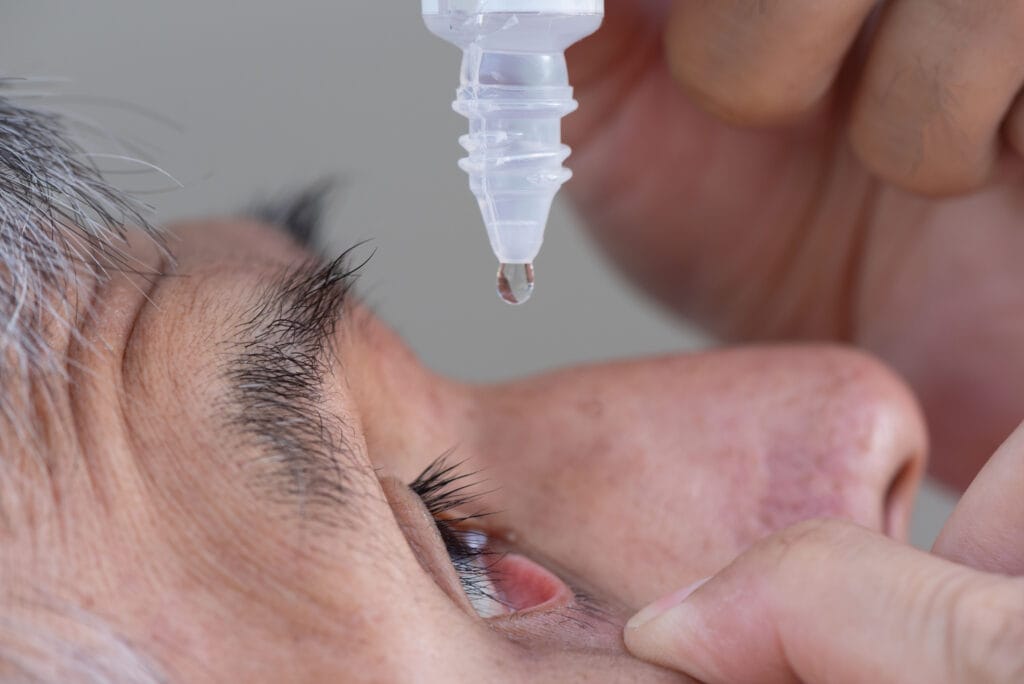May 5, 2023
SEATTLE – Visus Therapeutics Inc., has presented key topline data from the pivotal Phase 3 BRIO-I clinical trial. The study evaluating the safety and efficacy of BRIMOCHOL PF, a preservative-free ophthalmic solution for the treatment of presbyopia, met its primary and secondary endpoints.
BRIMOCHOL PF successfully achieved the prespecified U.S. Food and Drug Administration (FDA) primary endpoint based on the proportion of subjects achieving >15 ETDRS1 letter gain in Binocular Near Visual Acuity (BUCNVA) without a loss of ≥5 letters at distance across all time points through Hour 6 (carbachol p=0.006; brimonidine p=0.039).
“With the completion of our BRIO-I study and positive Phase 3 data in hand, we see a clear pathway forward,” said Ben Bergo, co-founder, and chief executive officer at Visus Therapeutics. “We believe the success of the study represents a strong opportunity to meet the market need for a true once-daily product with a very favorable tolerability profile.”
BRIMOCHOL PF is the first fixed-dose combination product to achieve statistically significant “contribution-of-elements” in presbyopia, an FDA requirement for a fixed-dose combination product. BRIMOCHOL PF is also the first fixed-dose combination product to achieve prespecified EU and UK primary endpoints from 0.5 to eight hours duration (carbachol p=0.003; brimonidine p=0.001) and out to 10 hours (carbachol p=0.004; brimonidine p=0.001). BRIMOCHOL PF also demonstrated statistical significance in prespecified secondary endpoints in (1) proportion of subjects achieving a 10-letter gain in letters read at near distance, and in (2) proportion of subjects achieving at least 20/40 at near visual acuity. Importantly, there was also a statistically significant gain in distance vision of two letters at eight hours versus active control, carbachol (p=0.047), compared to baseline at all time points (p<0.001).
“We are very pleased by the BRIO-I topline data demonstrating a rapid and durable improvement in near visual acuity and clear contribution-of-elements with BRIMOCHOL PF performing better than each of the individual components separately,” said Rhett Schiffman, MD, MS, MHSA, co-founder, chief medical officer, and head of research and development at Visus Therapeutics. “The contribution of brimonidine on the overall performance of BRIMOCHOL PF is most clearly shown in the objective pupillometry results that show clinically and statistically significant reductions in pupil size over the individual therapies at all time points from 30 minutes out to 10 hours (p<0.001). Importantly, there is a gentle wearing-off of this miotic effect over 10 hours that is still sufficient to provide clinically meaningful improvements in visual performance over a full workday, while minimizing the likelihood of nighttime vision difficulties that can occur if miosis lasts too long. The appeal of this profile was reflected by the subjects in their masked, self-reported assessments who rated the duration of BRIMOCHOL PF, on average, as ‘just right’ and reported that they would expect to use BRIMOCHOL PF approximately five days a week.”
BRIMOCHOL PF was well tolerated with headache rates of less than 10%, and no treatment-related serious adverse events were reported. There were no discontinuations due to adverse events.
“I’m very excited to see there was no trade-off between duration and tolerability with BRIMOCHOL PF,” said Eric Donnenfeld, MD, Visus Board of Directors member and Chair of the Company’s Medical Advisory Board. “Based on my own experience that is supported by market research, patients with presbyopia want a comfortable, once-daily eye drop that can improve near vision throughout the workday. These study results show that BRIMOCHOL PF, if approved by the FDA, has the potential to be a treatment option for the millions of people living with age-related loss of near vision.”
Topline results from BRIO-II, an ongoing Pivotal Phase 3, six-month plus six-month safety and efficacy interim study are expected in the second half of 2023. Following the read-out of the vehicle-controlled BRIO-II, it is the company’s current expectation to file a New Drug Application (NDA) with the U.S. FDA in the second half of 2024.
About the BRIO-I Study
BRIO-I is a 3-arm, multicenter, randomized, double-masked, crossover safety and efficacy study of BRIMOCHOL PF (carbachol/brimonidine tartrate fixed-dose combination) topical ophthalmic solution vs. carbachol monotherapy topical ophthalmic solution vs. brimonidine tartrate monotherapy topical ophthalmic solution in subjects with emmetropic phakic or pseudophakic presbyopia (NCT#: NCT05270863). The study enrolled 182 subjects, 45-80 years of age, across 15 sites in the United States.





